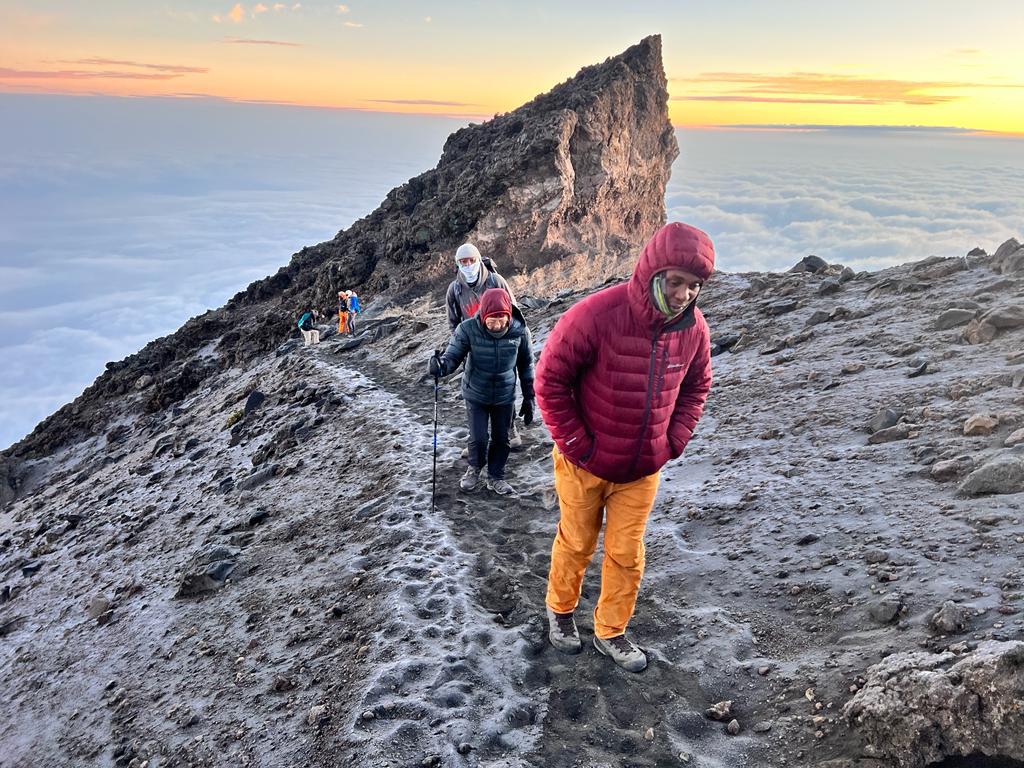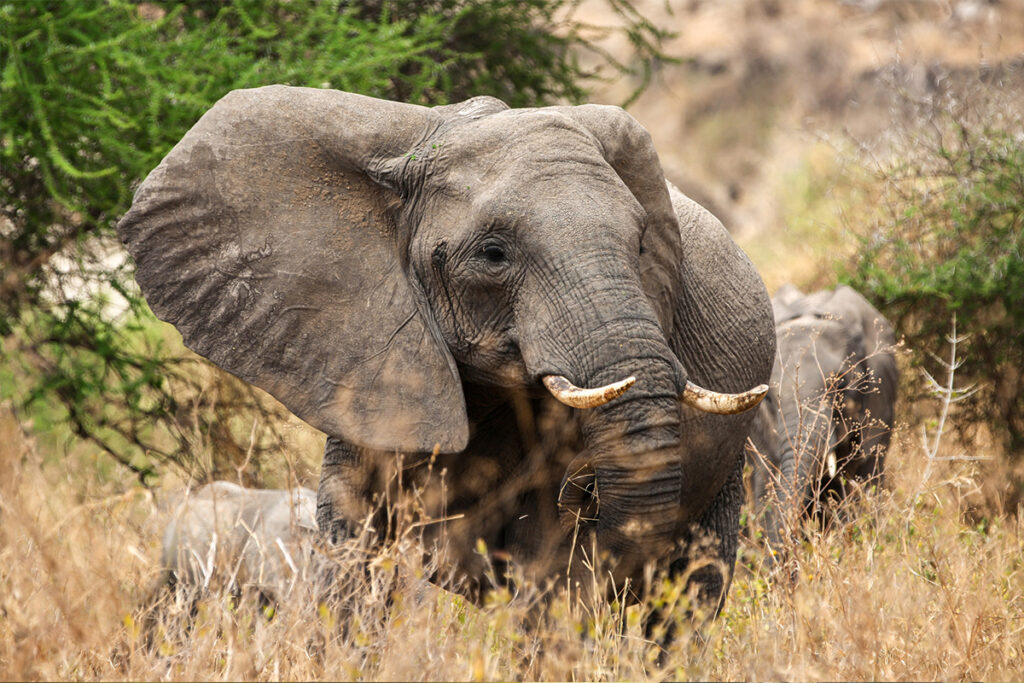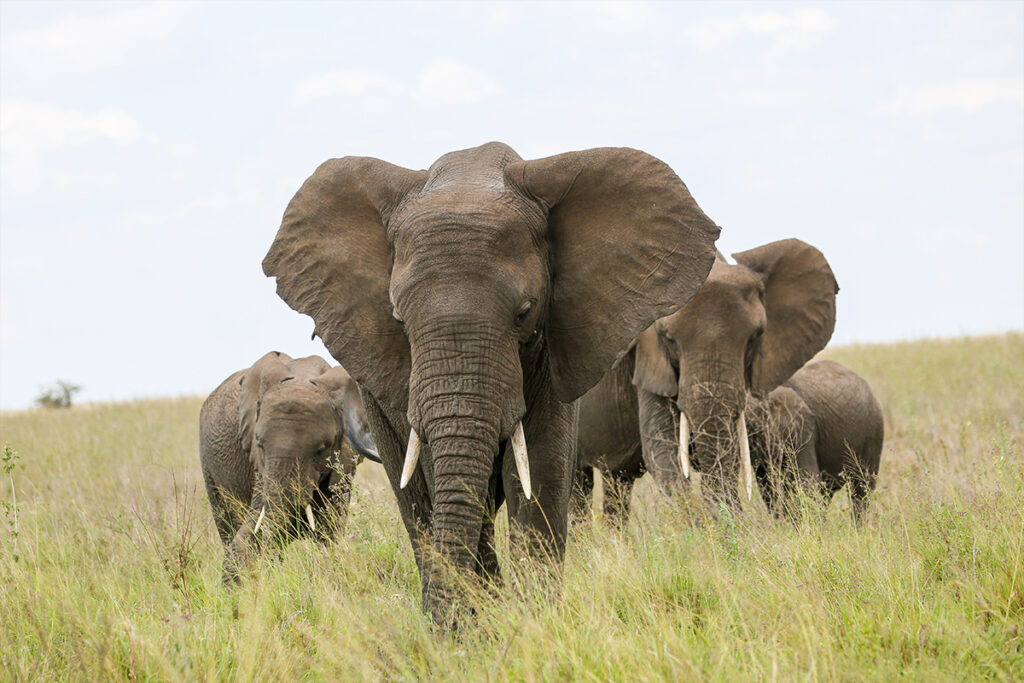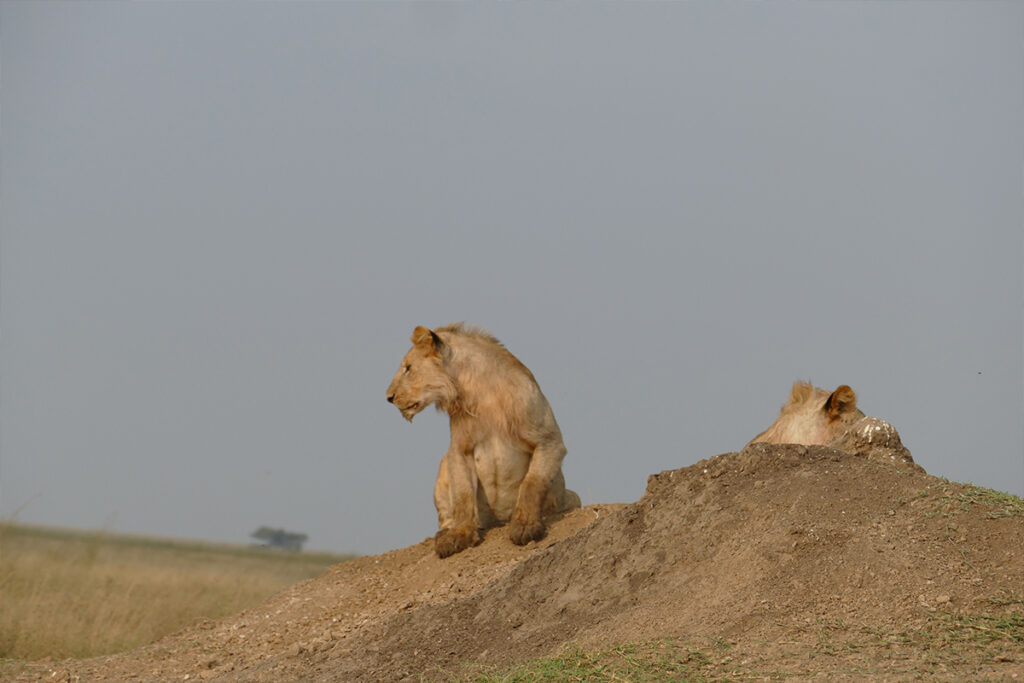Many climbers are astounded to discover that while Mount Kilimanjaro stands taller, the adventure offered by Mount Meru is equally, if not more, exhilarating. The journey up Meru provides an intimate encounter with diverse wildlife and vegetation, often seen while ascending through Arusha National Park. This pathway is less crowded, offering a sense of solitude and personal achievement, creating an unforgettable hiking experience.
Historically, Mount Meru is considered as a training ground for Kilimanjaro, but it holds its own allure. It is the fifth highest mountain in Africa, standing at 4,566 meters, and offers climbers a challenging ascent. The trails of Mount Meru are rugged and offer dramatic views throughout the climb, making it a striking choice for those seeking both preparation and a standalone adventure.

Comparing the Climbing Experience: Mount Meru vs Kilimanjaro
Climbing Mount Meru and Kilimanjaro offers two distinct experiences, each with its own unique challenges and rewards. Kilimanjaro, the tallest mountain in Africa, stands at 5,895 meters. It attracts climbers seeking to reach the “Roof of Africa.” The routes to Kilimanjaro’s summit vary in difficulty, but all require physical and mental preparation. The scenery transitions from rainforests to alpine deserts.
Mount Meru, on the other hand, stands at 4,566 meters. Though shorter, it provides a no less thrilling adventure. Meru is renowned for its diverse wildlife and lush vegetation. Climbers often spot animals like giraffes and buffaloes while trekking through Arusha National Park. This added element of wildlife makes the Meru climb an entirely unique experience.
Despite its lower altitude, Meru is often used by climbers to prepare for Kilimanjaro. It helps them acclimate to high altitudes and demanding terrains. The trek includes steep sections and narrow ridges, testing climbers’ skills and endurance. Climbers who complete Meru feel more confident about tackling Kilimanjaro. This makes Meru an excellent introductory climb for beginners.
Both mountains provide incredible views and memorable experiences. Kilimanjaro offers vast landscapes and a chance to join the elite group of summiteers. In contrast, Meru offers intimate encounters with nature and solitude. Choosing between them depends on your goals and experience levels. Either way, you’ll leave with a sense of accomplishment.
The Challenge and Terrain of Mount Meru
The climb up Mount Meru begins with an adventurous trek through lush forests. These areas are home to a variety of wildlife, including monkeys and antelopes. As climbers ascend, they encounter steeper paths that wind through changing landscapes. This rugged terrain requires physical stamina and resilience. Each step reveals beautiful views, rewarding the effort.
At higher elevations, the trail narrows and the altitude begins to affect climbers. Breathing becomes more challenging, making acclimatization essential. The climb includes sections like the “Knife Edge Ridge.” This part tests both balance and bravery as it offers breathtaking panoramas. It’s a true test of skill and endurance.
Weather conditions on Mount Meru can change rapidly. Climbers need to be prepared for sudden rains or cold winds. Essential gear includes sturdy hiking boots and layered clothing for different climates. Some find the unpredictability adds excitement to the adventure. It’s crucial to check forecasts and plan accordingly.
The summit, Socialist Peak, awaits those who overcome these challenges. Standing at the peak, the sense of achievement is immense. Views from the summit showcase a stunning sunrise over Kilimanjaro. This sight alone is a compelling reason for many to undertake the climb. The journey up Mount Meru is demanding but extremely rewarding.
The Unique Attractions of Mount Meru
Mount Meru offers unique attractions that captivate adventurers and nature lovers alike. One of the key features is its incredible biodiversity. The climb takes you through a series of ecosystems, from dense forests to rocky paths. This journey allows for sightings of exotic plants and animals. The chance to encounter wildlife so closely makes the adventure special.
The mountain is located within Arusha National Park, which itself is a treasure trove of natural beauty. This park is home to diverse landscapes, including sparkling lakes, volcanic cones, and savannahs. Visitors can spot zebras grazing near giraffes. The park adds an extra layer of exploration beyond the climb. It’s perfect for those who love wildlife photography.
- Scenic Views from the Peak
- Varied Wildlife Encounters
- Rich Vegetation and Plant Life
Another highlight is the stunning views from Mount Meru’s peak. On a clear morning, the sunrise reveals a panorama stretching across the plains to Kilimanjaro. This sight is a highlight for many climbers. It provides a different perspective on Tanzania’s diverse landscapes. Reaching the top offers more than just a physical challenge; it gives a sense of wonder and amazement.
Why Mount Meru is the Perfect Preparation for Climbing Kilimanjaro
Preparing for the climb up Kilimanjaro involves acclimatizing to high altitudes, and Mount Meru offers a great opportunity for this. With an elevation of 4,566 meters, it provides similar altitude conditions. This helps climbers adjust to the lower oxygen levels they will face on Kilimanjaro. It’s an excellent way to test physical limits in a real-world environment. This training can reduce the risk of altitude sickness.
The trek up Mount Meru also serves as a good physical training ground. The different terrains encountered, from dense forests to rocky slopes, mimic those on Kilimanjaro. This variety prepares climbers for the physical demands of a higher peak. The trail includes challenging sections like steep ascents and narrow pathways. Navigating these terrains enhances endurance and agility.
Tackling Mount Meru first helps build confidence. Achieving the summit of Meru gives climbers a sense of accomplishment. This mental boost is invaluable when facing the more daunting climb of Kilimanjaro. Knowing they’ve already conquered a significant height can be very encouraging. It sets a positive tone for the tougher challenge ahead.
Moreover, Mount Meru’s organized trekking routes and guidelines provide a structured climbing experience. This is akin to what climbers will encounter on Kilimanjaro. Familiarity with the rules and camping setups can be beneficial. Climbers get used to the daily routines and the support structure in place. This smooth transition allows for more focus on the climb itself.
- Acclimatization to Altitudes
- Physical Conditioning
- Boost in Confidence
- Experience with Climbing Routines
Finally, the overall experience gathered on Mount Meru translates well to Kilimanjaro. Knowing what to expect in terms of physical effort and mental fortitude prepares climbers better. By the time they set foot on Kilimanjaro, they’re not just physically prepared but also psychologically ready for the challenge. It’s a well-rounded approach to tackling one of the most famous peaks in the world. This makes the climb more enjoyable and less stressful.
Key Takeaways
- Mount Meru offers acclimatization for high altitudes similar to Kilimanjaro.
- The varying terrain of Mount Meru prepares climbers physically and mentally.
- Summiting Meru boosts confidence for tackling Kilimanjaro’s challenges.
- Experience on Meru helps with getting used to climbing routines and guidelines.
- The holistic experience on Meru translates well to conquering Kilimanjaro smoothly.
Conclusion
Climbing Mount Meru offers a rich blend of biodiversity and challenging terrains, making it an ideal preparatory climb for Kilimanjaro. Its varied landscape prepares climbers for both physical exertion and mental endurance. The sense of achievement upon reaching its summit sets a positive mindset for greater heights.
For those aiming to conquer Kilimanjaro, Meru provides essential acclimatization and confidence-building experiences. Engaging with the unique wildlife and stunning views enriches the journey. This makes Mount Meru not just a practice run, but a rewarding adventure in its own right.



